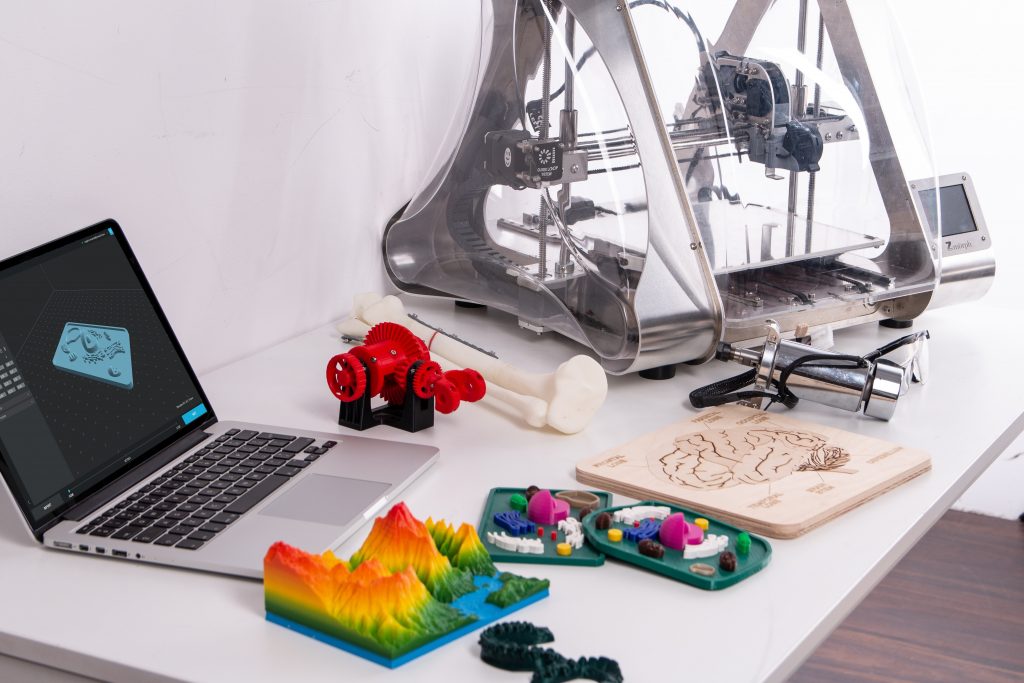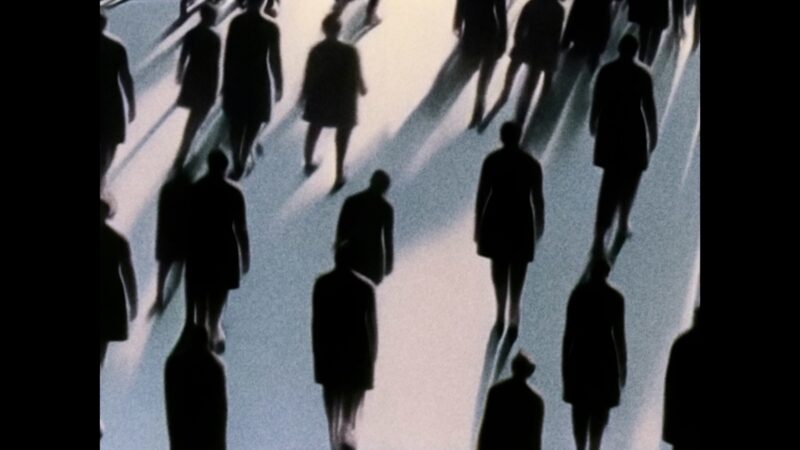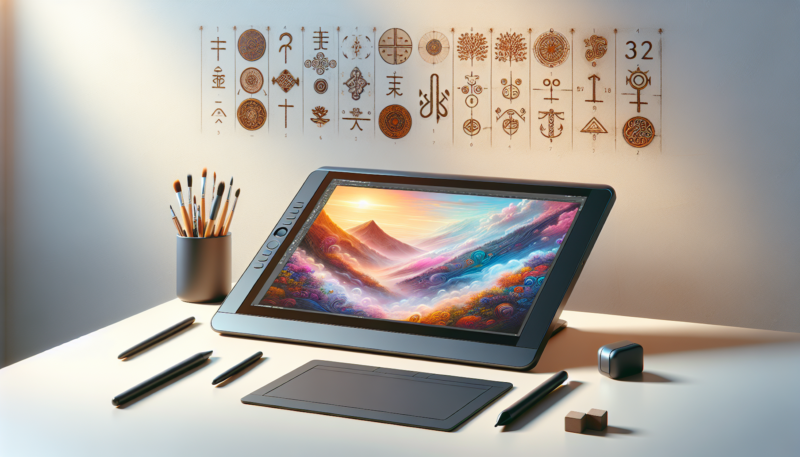
Doing digital art in 2D or 3D is one of the hardest choices that face digital artists today – both methods have a lot of history behind them, and they are still used in various industries – not to mention, they each have their own unique qualities that distinguish them but don’t necessarily make one style superior over the other. However, you still need to decide on a style at the end of the day, and this article will help you decide between 2D and 3D models.
2D Digital Modeling, Why?
2D digital modelling goes as far back as the 1950s when computing technology was in its infancy and computers were a rarity that one could only see in a few large university campuses – in the 70s to the 90s, however, 2D modelling really took off. With the exponential growth in the computing power of home PCs, many of them were capable of relatively intricate designs and graphics, and this meant a lot of 2D icons and animations embedded into our computers and 2D games and movies getting released. Nowadays, 2D animation still has a large presence in many industries and as a bedrock for many kinds of art:
- 2D modelling and animation à la Disney and Japanese style movies are still very prominent, and while 3D animation is slowly displacing it in some areas, it is still the predominant form of creating this kind of art. People love it, also, so it won’t disappear anytime soon.
- 2D digital art has a huge following on the internet – there are hundreds of thousands of digital artists employed all over the world creating digital portraits, 2D scenery, and proof-of-concept 2D art for various industries. Some of these artists are employed in large companies and some are self-employed earning a living just through patrons.
- 2D art has received a retro status in many communities, and there’s a nostalgic value associated with certain styles of 2D art, and if you want to go for that, it is an excellent choice.
3D Modeling
3D modelling has completely dominated the scene in the last decade – from proof-of-concept product designs to the state-of-art high-quality games, they all rely heavily on 3D modelling.
- Most industries nowadays rely on 3D modelling of some sort – it is much easier to create a realistic item in a computer and figure out customers’ reactions to it than it is to create prototype after prototype until you get it right. That’s why 3D modellers are employed in many different industries across the whole economy.
- Lighting and aesthetics are much easier to get right on a computer, and with the advent of photorealistic techniques and 3D scanning and modelling, you can create and edit very realistic 3D models much easier than before. That’s why e-commerce product photography is slowly being replaced by 3D modelling and visualization, and this could also act as another explosive source of employment for 3D artists.
- Games, ads, and films rely heavily on 3D effects and modelling nowadays, and you can hardly get one of these out without having a 3D modeller working on your project. Games and film are the future of art, in some sort, so 3D modelling is going to be relevant for decades to come.










